The Sikh militant Movement spanned one-and-half decades during which a considerable loss of life occurred in and outside Pun66thjab. In terms of its spread, it almost became international in character largely due to the presence of diaspora Sikhs in most of the western world. This work is based on the analysis of the speeches and massages of the leaders of the militant movement. It has been argued, without essentializing the problematic, that the nature of discourse of the militant movement could be traced back to the construction if Sikhism in the second half of the nineteenth century. The ideology of the Singh Sabha movement and its attempt at the construction of singular religious identity provided the dynamics to the Sikh Community. In the process, the religious tradition was invented, which emphasized the singular Sikh identity by paving the way for the fundamentalist discourse of separatism. The composite religious tradition in Sikhism was put at the margin of the community as a result of which it became possible to construct Sikh nationhood. Coupled with this construction was the attempt of the militants to purge the community from all syncretism practiced by the Sikhs. It has been argued that despite this construction, the Sikh community has continued to observe the composite tradition though the threat of militant violence greatly reduced the eclectic space of inter-subjective communitarian understanding and interaction.
Religion, Identity and Nationhood: The Sikh Militant Movement
In stock
Free & Quick Delivery Worldwide
Bibliographic information
Title
Religion, Identity and Nationhood: The Sikh Militant Movement
Author
Edition
1st ed.
Publisher
ISBN
8170339499
Length
x+277p., Tables; Bibliography; Index; 23cm.
Subjects

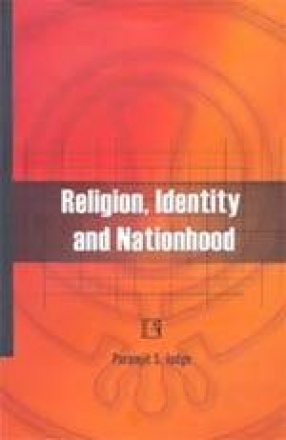

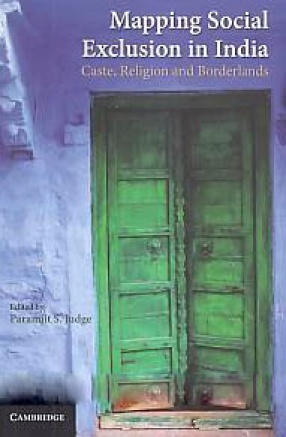

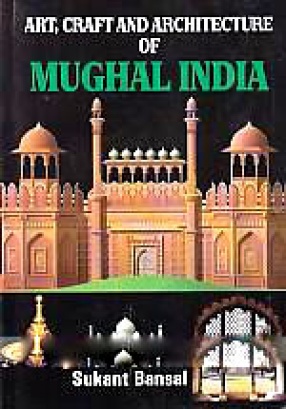
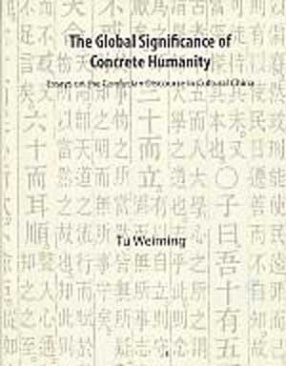
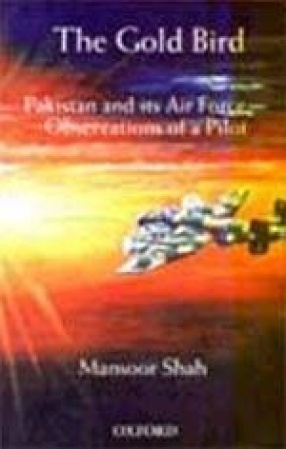
There are no reviews yet.